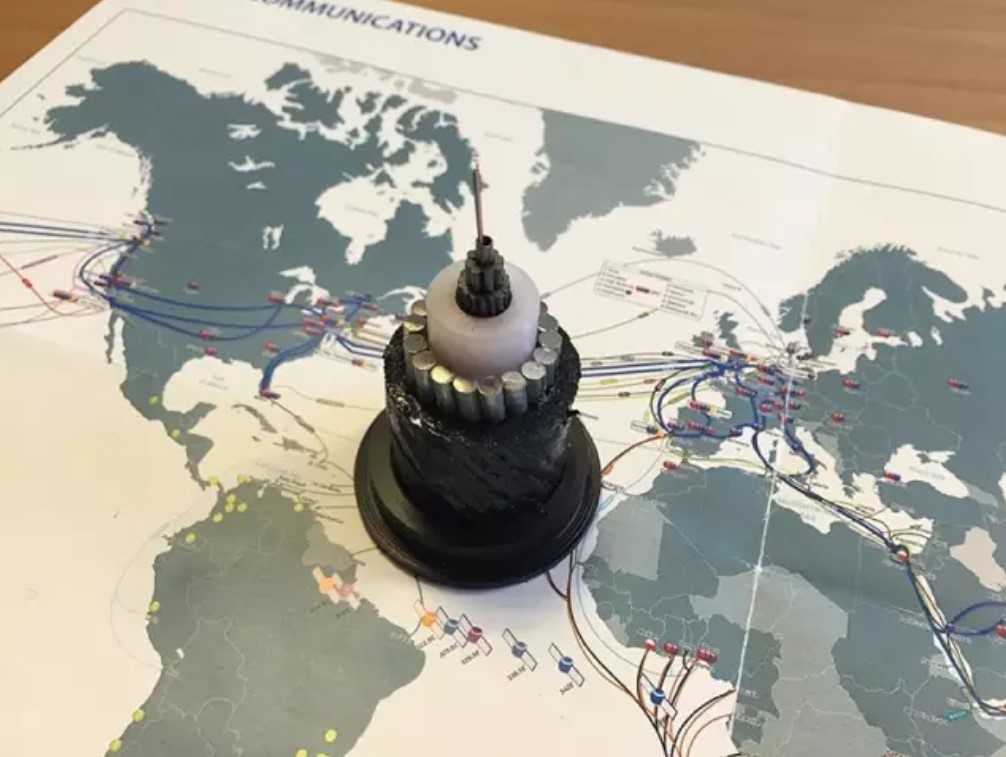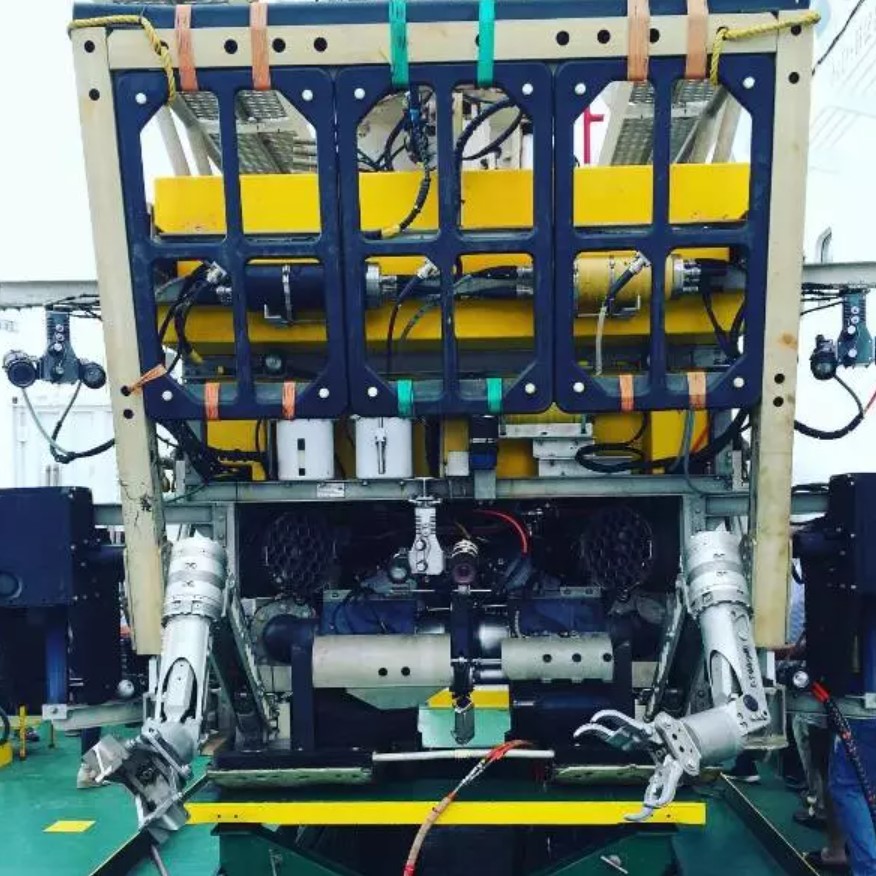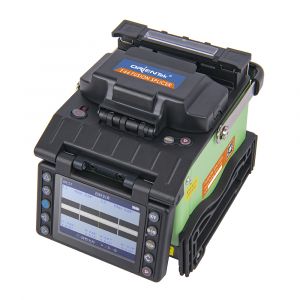The submarine optical cable is the "central nerve" of the Internet, which carries more than 90% of the world's international voice and data transmission. Without it, the Internet is just a link.
It has been covered with mystery because it is buried deep under the sea. Today we will take you into the world of submarine optical cables.
What does the submarine optical cable look like?

The submarine optical cable is the same as the terrestrial optical cable. It has a fiber core the size of a hair. However, the submarine optical cable needs stronger armor protection, and there is an important component-the remote power supply conductor, which transmits electricity to the seabed Repeater.
The submarine optical cable system consists of two parts: onshore equipment and underwater equipment.
Underwater equipment mainly includes optical cables, optical amplifiers/repeaters and underwater branch units.
Onshore equipment mainly includes optical cable terminal equipment, remote power supply equipment, line monitoring equipment, network management equipment and grounding devices.
Optical cable terminal equipment is responsible for signal processing, sending and receiving at both ends; detection equipment is alarm monitoring and fault location.
Where is the power source for the repeater in the vast ocean?

The submarine optical cable system is equipped with remote power supply equipment on the land at both ends, which feeds the submarine repeater through the remote supply conductor of the submarine optical cable to solve the problem of power supply.
This power supply uses a high-voltage, low-current DC power supply, the power supply current is about 1 ampere, and the power supply voltage can be as high as several thousand volts.
How to repair the submarine optical cable after it is broken?

First, the OTDR instrument must be used to find the fault point, determine the specific location of the break point, and then send an underwater robot (ROV) to cut the optical cable at the break point, and then pull both ends of the optical cable to the ship for welding. This fusion splicing process is quite complicated, because it is necessary to splice the fibers with the thickness of the hair in the optical cable one by one.


